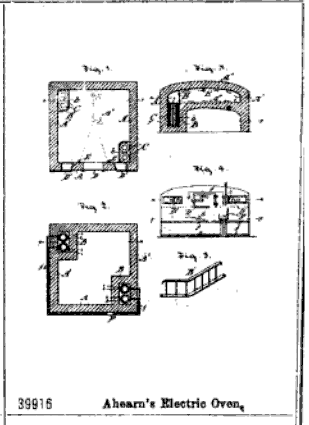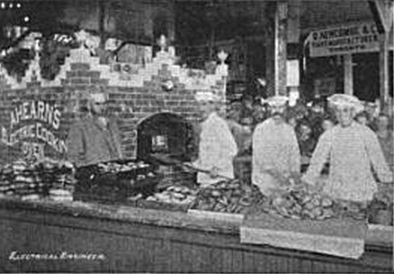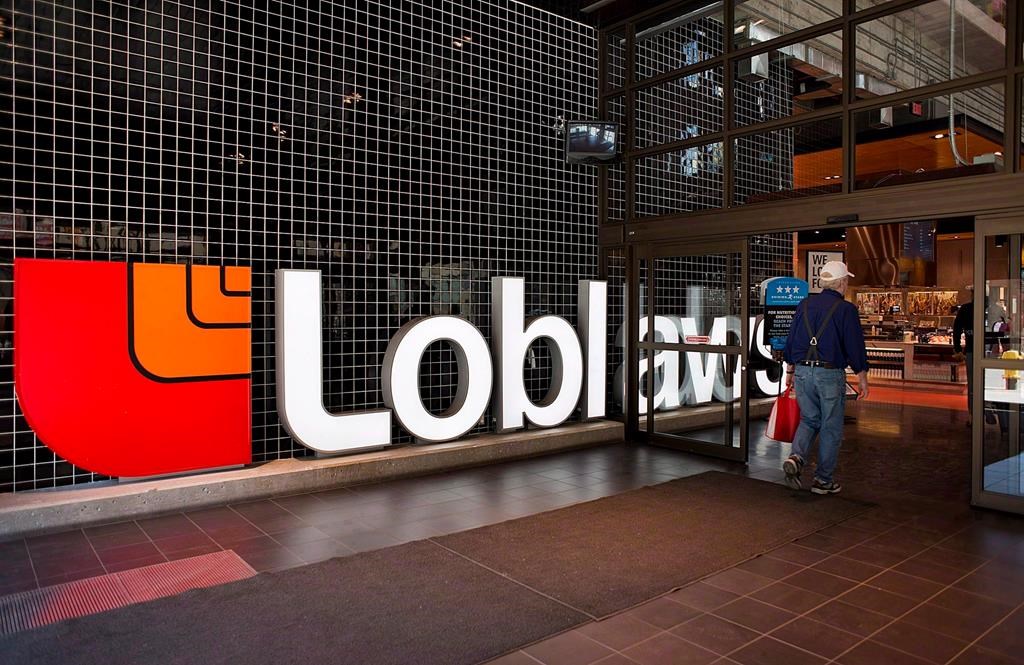Remember This? Canada’s first ‘electric banquet’
Posted Aug 30, 2021 01:00:00 PM.
CityNews, in partnership with the Historical Society of Ottawa, brings you this weekly feature by Director James Powell, highlighting a moment in the Ottawa's history.
August 29, 1892
During the late 19th century, electricity was the cutting-edge, new technology, and Ottawa was Canada’s high-tech capital, thanks to two factors—the inventive skills of Ottawa-born technological genius and entrepreneur Thomas Ahearn, and the power-generating ability of the Chaudière Falls.
Ahearn and his partner, Warren Soper, were responsible for providing Canada’s Parliament with indoor, electric lighting long before the U.S. Congress could boast such amenities. The pair later brought incandescent lighting to Ottawa’s homes and businesses. They also built and operated Ottawa’s electrified urban transit system, the Ottawa Electric Street Railway, whose carriages were electrically heated using one of Ahearn’s patented devices.
Confounding the “experts,” Ottawa’s electric trams operated through the winter thanks to an electric-powered plough.
Ottawa was a great testing ground for electrical devices due to its proximity to the Chaudière Falls, the source of relatively inexpensive hydro power which was exploited by another Ahearn and Soper company, the Chaudière Electric Light and Power Company.

A pictorial description of Thomas Ahearn’s electric oven. Photo/ Canadian Patent Office, 1892.
In August 1892, the Canadian Patent Office issued three patents to Thomas Ahearn. Sandwiched between his electric water bottle and his electric flat iron, was patent no. 39,916 for the electric oven.
It was described as “An oven having in its hearth enclosed pits in which electric heaters are placed.” Just like modern ovens, the interior of Ahearn’s oven was lit by incandescent lamps that allowed a person to monitor whatever was being cooked through a glass window.
While some accounts suggest that the Carpenter Electric Heating Company of Philadelphia had invented the electric oven a year before Ahearn was granted his patent in Canada, there is no doubt that the first dinner entirely cooked using electricity took place in Ottawa on August 29, 1892 at the Windsor House hotel.
According to a bemused Ottawa Journal journalist, “a complete repast, comprising a number of courses” was cooked “by the agency of chained lightning.”
The hotel proudly proclaimed on its menu that “every item … has been cooked by the electric heating appliance invented and patented by Mr T. Ahearn of Ahearn & Soper of this city and is the first instance in the history of the world of an entire meal being cooked by electricity.”
Even the soup, sauces, and after-dinner coffee and tea were prepared using Ahearn’s electric heaters.
The dinner, or more accurately the feast of some thirty different items, consisted of:
Soup
- Consommé Royal
Fish
- Saginaw Trout with Potatoes, Croquettes, Sauce Tartar
Boiled
- Sugar-Cured Ham, Champagne Sauce,
- Spring Chickens with Parsley Sauce
- Beef Tongue, Sauce Piquant
Roasts
- Sirloin of Beef and Horse Radish
- Turkey with Cranberry Sauce
- Stuffed Loin of Veal, Lemon Sauce
Entrées
- Larded Sweetbreads with Mushrooms
- Lamb Cutlets with Green Peas, and Strawberry Puffs
Vegetables
- Potatoes, Plain and Mashed
- Green Corn, Escalloped Tomatoes
- Vegetable Marrow
Pudding and Pastry
- Apple Soufflés, Wine Sauce
- Apple Pie, Black Current Tarts, Chocolate Cake
- Coconut Drops, Vanilla Ice Cream, Maraschino Jelly
Fruits
- Apples, Raisins, English Walnuts,
- Almonds, Watermelon, Grapes
- Black Tea, Green Tea, Coffee
- Cheese, Biscuits
One hundred guests were invited by the hotel’s proprietor, Mr. Daniels, to enjoy the banquet.
The guest list included Ottawa’s Mayor Olivier Durocher, Soper, as well as the presidents of the Ottawa Electric Railway and the Chaudière Electric Light and Power Companies. Also in attendance were numerous newspaper reporters that ensured widespread publicity.
The meal was prepared at the electric tram sheds owned by Ahearn and Soper, and rushed by a special carriage to the hotel located several blocks away.
The meal included a 21 lbs roast of beef, a 13 lbs roast of veal, and three big turkeys that were cooked simultaneously in the cavernous Ahearn oven; apparently, the oven could accommodate twice that amount.
After the meal, which was acclaimed as a huge success, with everything “cooked to perfection,” the guests boarded another special tram and taken to view the oven at the tram sheds. There, Ahearn, who had stayed back to supervise his oven’s operation, provided an explanatory lecture.
The arched brick oven was six feet wide with two Ahearn electric heaters installed in the bottom, powered by electricity generated by the Chaudière Electric Light and Power Company. The inside of the oven measured four feet by four feet. Peepholes, covered with heavy plate glass, permitted the chefs to observe the progress of the cooking without having to open the door. A major selling feature was the even cooking of the oven—“no scorching in one part and half-done-ness in another part” said the Evening Journal.
As a vote of confidence in the new electric oven, Daniels, the owner of the Windsor House hotel, ordered one of Ahearn’s newly patented ovens to be installed in the hotel’s kitchen.

Thomas Ahearn’s Oven In Operation At the Central Canada Exhibition, Ottawa, October 1892.
A few weeks later, there was another, even larger scale, demonstration of Ahearn’s Electric Cooking Oven at the Central Canada Exhibition held in Ottawa.
As part of a display of Ahearn electrical products, including electric home heaters, coffee boilers, and special restaurant heaters, a local baker, R.E. Jamieson, used the oven to bake buns, 12 pans at a time, that he sold to the crowds at 25 cents each. This was an extraordinary price. A multi-course meal at the Café Parisien on Metcalfe Street could be had for only 40 cents.
The Electrical Engineer, a New York-based electrical trade journal, quipped that the expression “‘Went off like hot cakes’ now reads in Ottawa ‘went off like electric cakes.’”
The Ahearn oven that the baker used was slightly different from the one used for the Windsor House banquet, having three heating elements instead of two. The extra element was needed to provide additional heat to offset heat loss through the frequent opening of the door in the cooking of multiple rounds of buns. The oven was also equipped with a pyrometer, turn-off switches, interior lights, and a clock.
The oven was the hit of the fair. Ahearn was awarded a special gold medal for his display of electrical devices.
While Ahearn and Soper were successful entrepreneurs, making fortunes from their electrically-based, business empire, the Ahearn electric oven proved to be a dud. It was too bulky to be easily used as a household appliance. As well, few homes or businesses were wired for electricity. Even where electricity was available, electric ovens, being energy gluttons, were expensive to operate, and were not initially competitive with the more familiar wood, coal, or gas ovens. It wasn’t until the 1930s that electric ovens became widely accepted.










